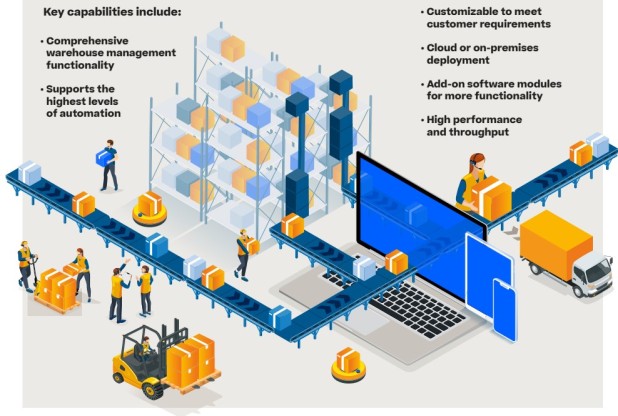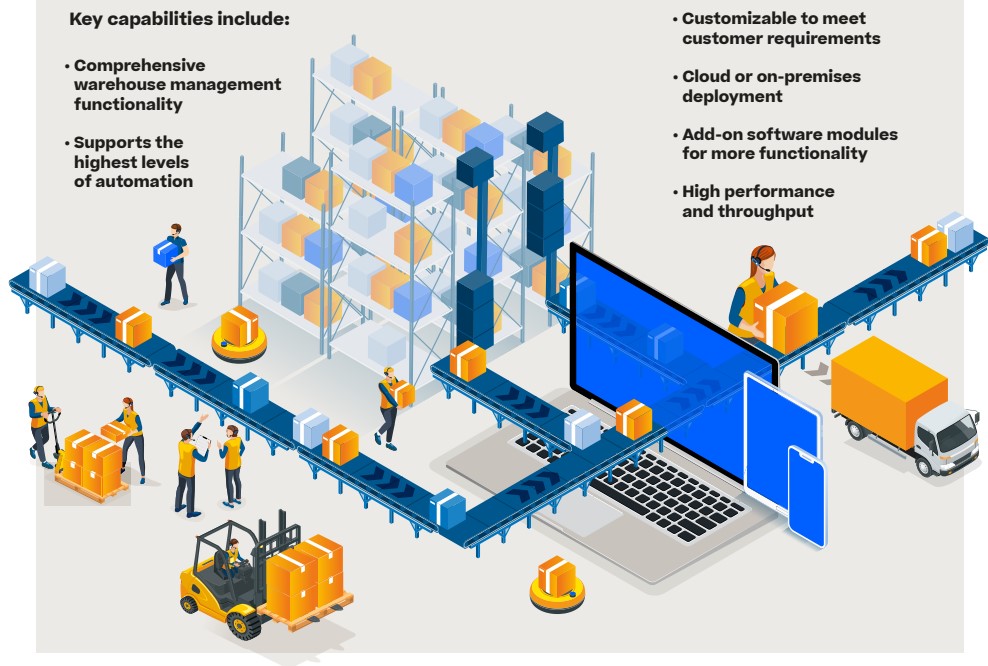There are several pointwise reasons why UK firms may be considering or moving to the United Arab Emirates (UAE). It’s important to note that specific motivations can vary from one company to another, but here are some general factors that may be driving this trend:
- Economic Opportunities: The UAE offers a robust and dynamic economy with a favorable business environment. It has a strategic geographic location, strong infrastructure, and access to emerging markets in the Middle East, Africa, and Asia. UK firms may see the UAE as a gateway to tap into these markets and expand their operations.
- Tax Benefits: The UAE has a business-friendly tax regime with no corporate income tax at the federal level. This can be a significant advantage for UK firms seeking to reduce their tax burden and increase profitability.
- Diversification and Growth: The UAE has been actively diversifying its economy away from oil dependency and investing heavily in sectors such as finance, technology, tourism, real estate, and renewable energy. UK firms may view the UAE as a fertile ground for growth and diversification of their business activities.
- Political Stability: The UAE is known for its political stability and security, which is an attractive factor for businesses looking for a stable operating environment. The government has implemented policies to attract foreign investment and has a reputation for being business-friendly.
- Expatriate Workforce: The UAE has a large expatriate population, including a significant number of UK nationals. This multicultural environment makes it easier for UK firms to find skilled workers who are familiar with Western business practices and can contribute to their operations.
- Free Zones and Special Economic Zones: The UAE has established numerous free zones and special economic zones that offer incentives to foreign businesses, such as 100% foreign ownership, streamlined bureaucratic processes, and customs exemptions. These zones provide an attractive environment for UK firms to establish their presence in the UAE.
- Infrastructure Development: The UAE has invested heavily in developing world-class infrastructure, including transportation, logistics, and telecommunications. This infrastructure supports the efficient movement of goods and services, making it easier for UK firms to conduct business operations and connect with regional markets.
- Cultural and Language Connections: The UAE has a multicultural society and is home to a large expatriate community from various countries, including the UK. This cultural diversity and the prevalence of English as a business language can make it easier for UK firms to adapt and communicate effectively in the UAE market.
- Trade Agreements: The UAE has signed numerous trade agreements and partnerships with countries worldwide, providing UK firms with access to preferential trade arrangements and opening up opportunities for increased export and import activities.
It’s worth noting that while these reasons may explain why some UK firms are considering or moving to the UAE, each company’s decision will depend on its specific circumstances, industry, and growth objectives.


